What is Paraphrasing? - Explain with Examples
Paraphrasing is a popular technique often employed by writers, students, and academics. The technique can be used in a lot of different situations and circumstances, such as when a statement has to be reworded for better clarity or when it needs to be re-used multiple times.
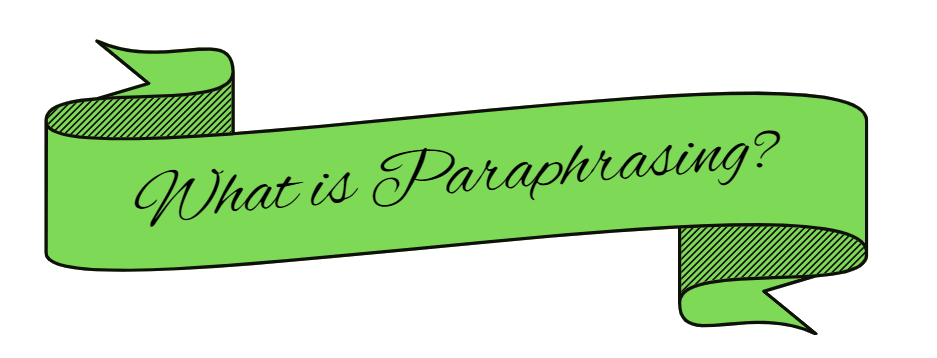
However, although the main idea behind paraphrasing is simple and straightforward, there are some rules that govern the way it is used. For one, if paraphrasing is not properly employed, it can lead to plagiarism issues, i.e., if some source material is taken and lightly altered under the impression that the sparse changes fall under the category of ‘paraphrasing’.
For this reason, we’re going to be looking at what paraphrasing actually is and how you can properly do it when the need arises. We’ll be going deep into details, so buckle up for some intensive reading.
What Exactly is Paraphrasing?
The definition of paraphrasing can be given like this:
“The process of rewording a piece of text so that it looks and reads differently but while carrying the same meaning.”
During this process, the motive can sometimes be to make the text look different from its original form. For example, if a certain person wishes to utilize a particular statement from a source, they can paraphrase it using their own words so that its ‘copied nature’ is not apparent.
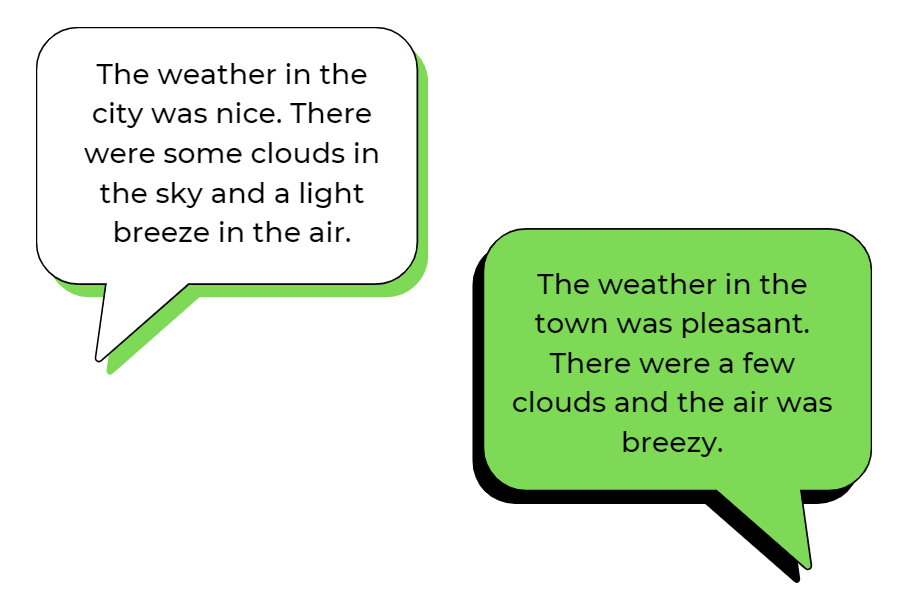
In this type of rephrasing, the changes made to the text are extensive. Since the purpose is to eliminate the semblance of the original text from the output, the alterations are made accordingly.
On the other hand, in some cases, the purpose of paraphrasing is not to eliminate the resemblance of the two texts i.e., the original and changed forms. Rather, it is to merely repeat the same thing without using the same wording.
Such changes can be seen even in dialogue i.e., when someone says the words “in other words” or “what I mean to say is” and then goes on to say the previous statement a bit differently.
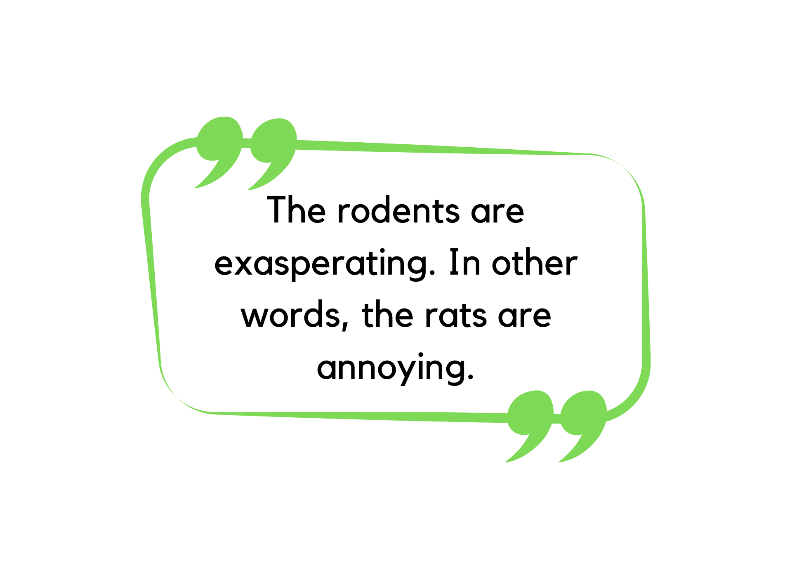
Of course, in this type of rephrasing, the changes made to the statements or sentences are not extensive. It can even just involve the change of a single word.
The reason for mentioning all the above is that although paraphrasing has a wide and encompassing definition, it applies in varying degrees according to the situation at hand.
What is Correct Paraphrasing and Incorrect Paraphrasing?
Paraphrasing can sound like a simple enough process, but there are many things that you have to keep in consideration. If these considerations are not taken, the changes will not be proper and it can be considered unethical.
To help you understand how paraphrasing can be correctly employed, we’ve created a table. Here it is:
| Correct Paraphrasing | Incorrect Paraphrasing |
| The original source of the content is properly cited | The original source is not mentioned |
The changes are made extensively to eliminate resemblance with the original text | The changes are sparse, and output looks lazily edited |
| The idea and main concept of the content is maintained | The idea is changed, or more unnecessary details are added |
What are Some Examples of Paraphrasing?
To help you understand more about this whole process, we will give you some examples. We will show a manually paraphrased version of the text in each case as well as the output provided by the paraphrasing tool.
Example #1
For the first example, we will be using a small piece of text, and we will be making a few changes to it, i.e., the minimum changes that we can make while keeping them in the definition of “paraphrasing.”
Here is the text that we will be using:
“There were ten buffaloes in the enclosure when Harry left. When he came back, there were only five.”
Paraphrased version: “There were ten buffaloes present inside the area when Harry went away. Upon his return, there were only five."
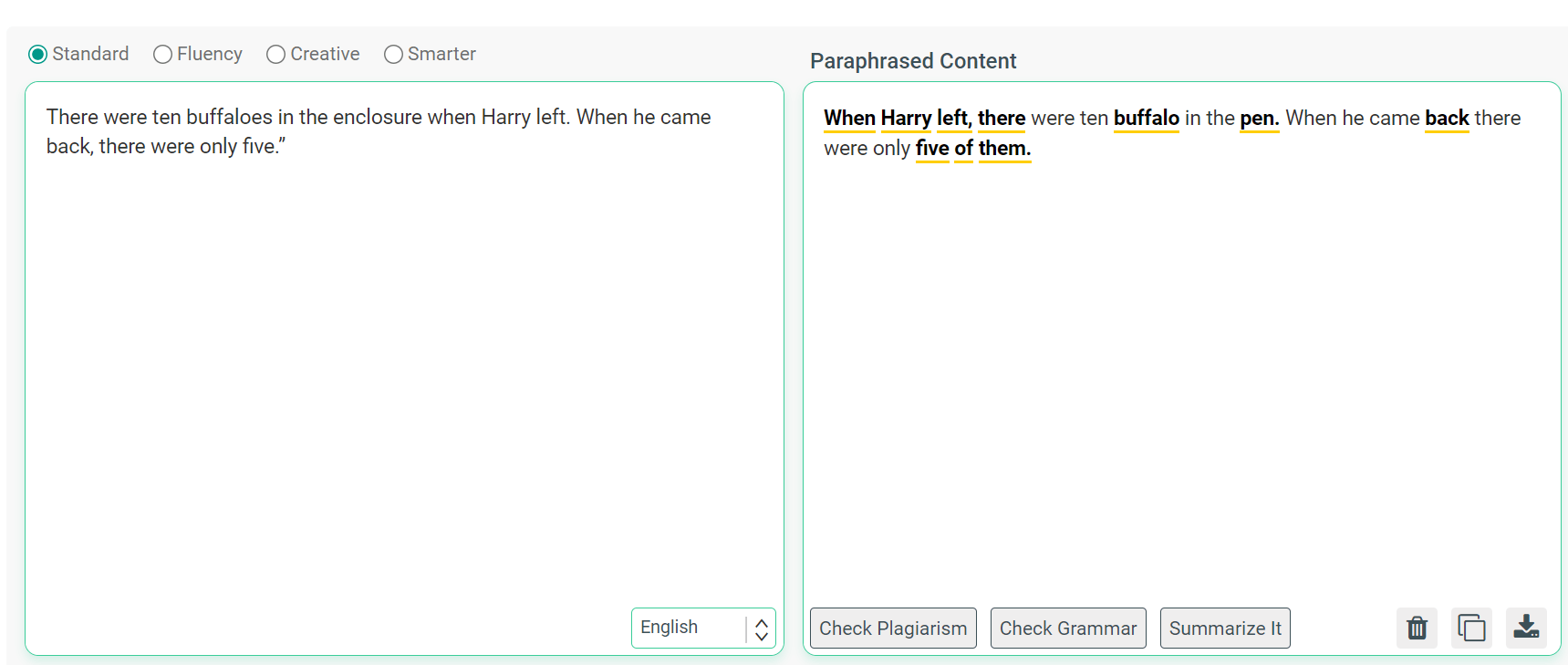
Example #2
For the next example, we will use a large piece of text, and we will make some more changes to it instead of the basic alterations done above.
Here is the text that we will be using for this example:
“The baboons came across the pile of bananas. After ten minutes of delightful shrieking, they leaped on the pile, only to find the bananas to be empty peels. After a further ten minutes of sorrowful howling, the baboons walked out of the dumpster, wondering why they had gone there in the first place.”
Paraphrased Version: “The baboons found a clump of bananas. They shouted and yelled for ten minutes in joy, after which they leaped at the clump. Then they started howling in sadness when they found the clump was only some empty peels. Afterward, they left the dumpster, wondering why they had gone there in the first place."
Here is what the same text looks like when paraphrased using the tool:
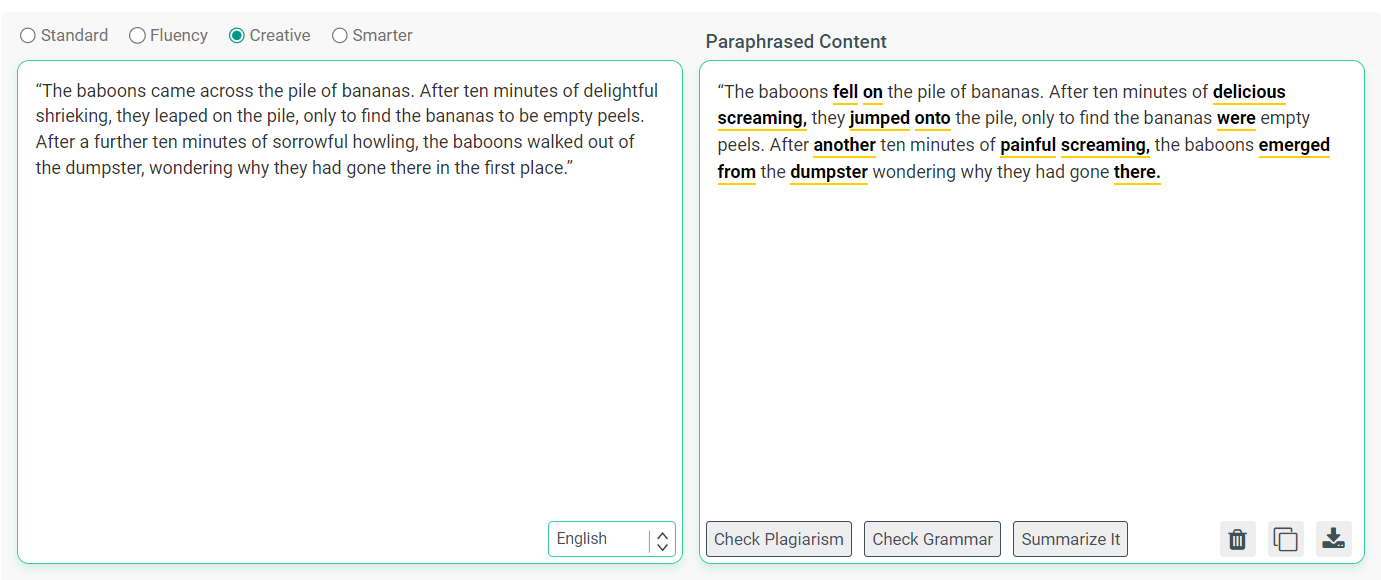
How is Paraphrasing Done?
Now that we’re done with the examples let’s move on to look at the steps that you can follow to paraphrase a piece of content easily:
1. Reading the content to understand the main context
The first thing that you have to do when it comes to paraphrasing the content is reading it properly a few times to understand the main context and meaning.

This step is important since it helps you understand what type of changes you can make to the text and what type of changes you should refrain from.
2. Analyzing the areas that can be changed
Once you are done reading the content, the next thing that you have to do is analyze the areas in it that can be changed without any effect to the original context.
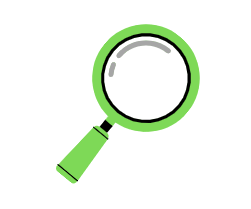
For example, if you are rewording a piece of text that has a lot of technical details and terminology in it, you cannot substitute a proper noun or the name of a particular item/activity that can bring about a change in the meaning.
3. Making Changes to the Words, Phrases and Sentence Structures
After you are done analyzing the text, the next thing that you have to is make changes to the selected parts. There are different types of changes that you can make during this process, but we will list some of the main ones:
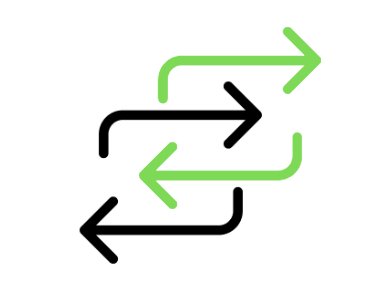
- Replacing words with their synonyms: The first and basic change that you can make to the text is to replace the words with their synonyms. Depending on the situation at hand, you may need to use simpler words for the synonymizing, or you could need to make them a little complex instead.
Here is a short example of synonym replacement:
“The mangoes in the garden had started to go bad.”
“The mangoes in the orchard had started to go rotten.”
- Shortening phrases into words and vice versa: Other than simply changing words with their synonyms, you can also shorten long phrases into words or elongate difficult words into whole phrases.
Here is an example of both these types of changes:
“The horses were moving along quickly on the sandy shore by the sea.”
“The horses were trotting on the seashore.”
“The man remonstrated with his guests when they insisted on the gifts.”
“The man gently protested against his guests when they repeatedly requested him to take the gifts.”
- Shuffling the sentence components: This is yet another useful change that you can make to the text when rephrasing it. By shuffling the sentence components, you can make the other changes look more drastic.
When we talk about shuffling the sentence structures, we basically mean moving around the subject to the place of the object and vice versa. In other words, this type of change could also be described as simply changing active voice to passive and passive to active.
Here is an example:
“The man picked up the car keys and then took the car out of the garage.”
“The car keys were picked up by the man and car was taken out of the garage.”
4. Proofreading the Final Text
Once all the changes have been made, the last step is proofreading.
Proofreading is important after you paraphrase some text because it allows you to check and find any contextual errors or discrepancies. Basic errors like grammar mistakes and typos should be your focus during the proofreading phase, no doubt.

However, you should be on the lookout for any synonyms that you may have added or any phrases that you may have altered that could have brought about a change in the original meaning/context.
Conclusion
And that is pretty much it.
Paraphrasing is a useful technique that you can apply in different situations and places for a lot of different purposes. Hopefully, after reading this post, you have a good idea of what paraphrasing is and how you can do it.
